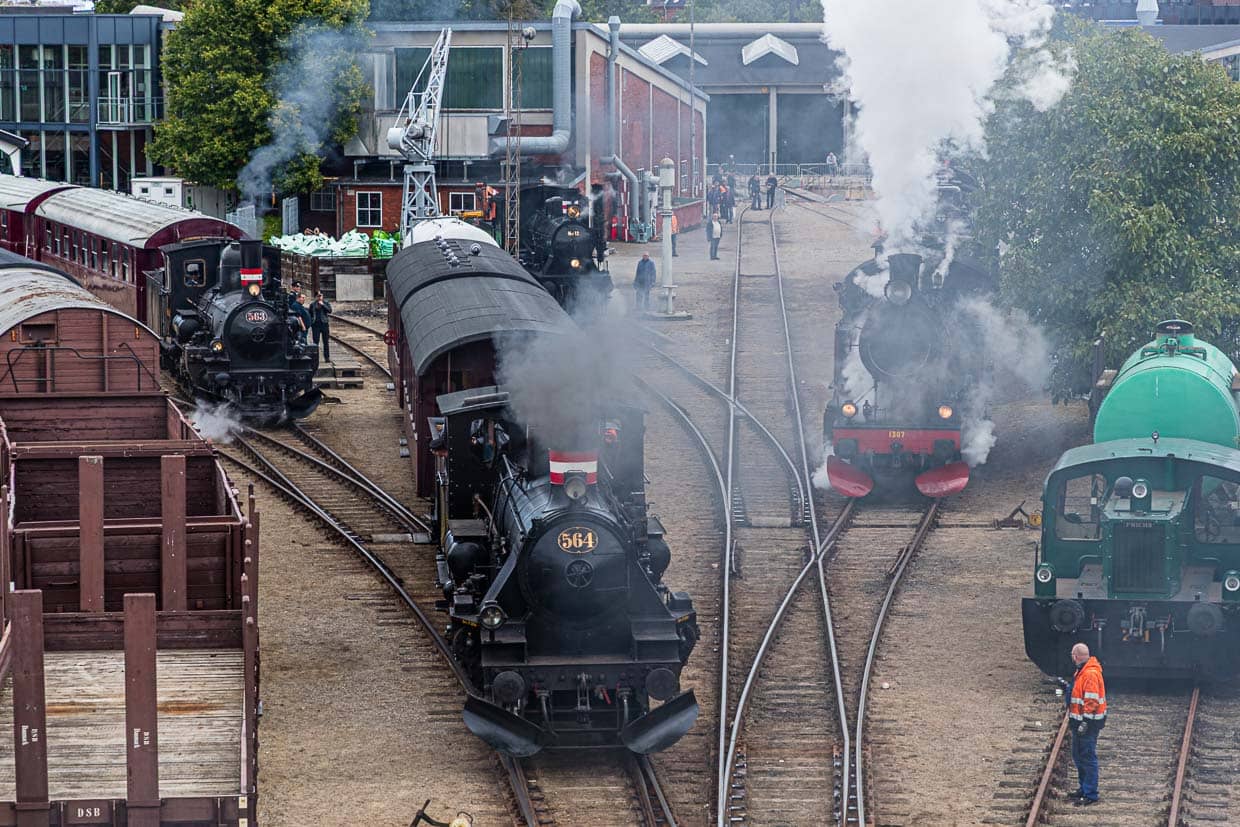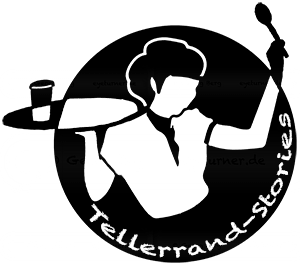The Kullaberg nature reserve offers numerous hiking trails that lead through the spectacular landscape of the peninsula. As part of the Skåneleden long-distance hiking trail and designated as a Leading Quality Trail, Kullaberg offers a special hiking experience. The peninsula extends far into the Kattegat and stretches between the village of Arild and Kullen lighthouse. Hikers can enjoy breathtaking views of the sea along the coast.

Rugged cliffs alternate with windswept forests. Thick-skinned Belted Galloway cattle graze on the steep meadows. The Skåneleden connects Helsingborg with Utvälinge and is also suitable for tours lasting several days. The section to Kullen lighthouse is particularly popular and offers a magnificent view of the sea. The seaside resort of Mölle is an ideal starting point for a day trip. An easily accessible path leads from the harbor to the lighthouse, which is also ideal for families.

Mölle: once sophisticated, now casual
Mölle, once a small fishing village, developed into one of Sweden’s first seaside resorts at the end of the 19th century. It gained European fame because men and women bathed together here for the first time – a social taboo that earned Mölle a reputation as a den of iniquity. From the 1880s onwards, numerous hotels and guesthouses attracted visitors from all over Europe. One highlight was the visit of Kaiser Wilhelm II in 1907, which made Mölle internationally famous and attracted German tourists in particular. It is said that the Kaiser strolled along the cliffs of Mölle with a brass band behind him.

In those days, Mölle, thus ennobled, played in a league with Florence and Monaco. There was even a direct train connection from Berlin to Mölle. The heyday of the seaside resort was before the First World War, after which its importance declined somewhat. Today, visitors appreciate Mölle for its picturesque location on the Kullaberg nature reserve, its beaches and its historical charm. It remains a popular destination for tourists looking for nature, history and relaxation.

Hiking, abseiling, exploring caves
The outrage about men and women bathing together is long gone. Today, outdoor adventures along the spectacular coastline of the Kullaberg peninsula beckon. Emil Lindvall from Kullabergsguiderna organizes tours: exploring caves, climbing, whale watching from a rubber dinghy or simply marvelling at the rich flora and fauna. He explains that companies like to book abseiling as a team event. On this day, the sea is too rough and whale watching by boat is canceled. But abseiling and climbing are almost always possible on the proverbial rock in the surf.

Naturum and Kullen lighthouse
The hiking trails are well marked, and a popular destination is Kullen, Sweden’s highest lighthouse. A lighthouse has been watching over the coast here at a height of 188 meters since 1561. Today, it is home to the Naturum Kullaberg information center and a café with a sea view. Sometimes you can even see humpback whales from the terrace.

Food at Mölle Krukmakeri
The sea air makes you hungry, and in Mölle there is a place that satisfies this hunger and reflects the relaxed atmosphere of the place. Krukmakeri is known for its pizza, but the menu offers much more: creative salads and soups. From breakfast to fika, the typical Swedish coffee klatch with pastries, Krukmakeri stays open. The creativity does not end with the food, as Krukmakeri began as a ceramics workshop and still is today. Lisa Wohlfahrt started making ceramics near the harbor in 1997. She soon added homemade tomato soup to the range. The concept was well received. The Krukmakeri grew organically, and you can tell by looking at the place. Today, Lisa and her team also offer accommodation.

Breaking new ground: by train from Berlin to Mölle
While Europe’s ailing rail networks are groaning and once flourishing lines are being shut down or only used for nostalgic Dresden trips, we marvel at what was possible over 100 years ago. It quickly becomes clear that the turnaround in mobility was not only overslept, but actively dismantled. From 1910, for example, there was a direct connection from Berlin to Mölle. But how did the railroad overcome the water? There were no spectacular structures like the Öresund Bridge back then.

The direct train connection was an impressive example of the development of tourism at the beginning of the 20th century. It came about when Mölle developed into a popular seaside resort, famous for the then scandalous joint bathing of men and women. The connection made it easy for German tourists to travel there. The trains ran from Berlin via Hamburg and through Denmark. They crossed the Öresund with steam ferries. As early as 1892, a ferry line connected Helsingør (Denmark) with Helsingborg (Sweden), followed by the route between Copenhagen and Malmö in 1895. These ferries transported passengers and railroad carriages across the strait. With the outbreak of the First World War in 1914, international travel collapsed and the direct connection to Mölle was discontinued. After the war, the route never regained its importance. Changing travel habits, the advent of the car and later airplanes finally replaced it.
More Sweden Stories
Landskrona in the province of Skåne offers nature and culture. The world-famous writer Selma Lagerlöf wrote her first novel here. The Landskrona Photo Festival showcases the old fortress town every two years. Sweden’s oldest garden colony can be admired from May to September. Just opposite Landskrona is the Öresund island of Ven, a very popular excursion destination. Northwest of Landskrona lies the Kullaberg nature reserve – a hiker’s paradise and the seaside resort of Mölle, where you should pay a visit to Krukmakeri. The Stockholm Metro is considered the longest art exhibition in the world and every year in December is Nobel Prize Week. The Swedish city of Uppsala, 80 kilometres north of Stockholm, is one of the most important in the country. Many centuries before Stockholm was mentioned as a small trading post, Uppsala was the pagan centre of the Vikings. We report on cult and culture in Gamla-Uppsala and on the entertaining messages of the Swedish rune stones and reveal Stockholm’s secret eye-catchers.
The research was supported by Visit Skåne


